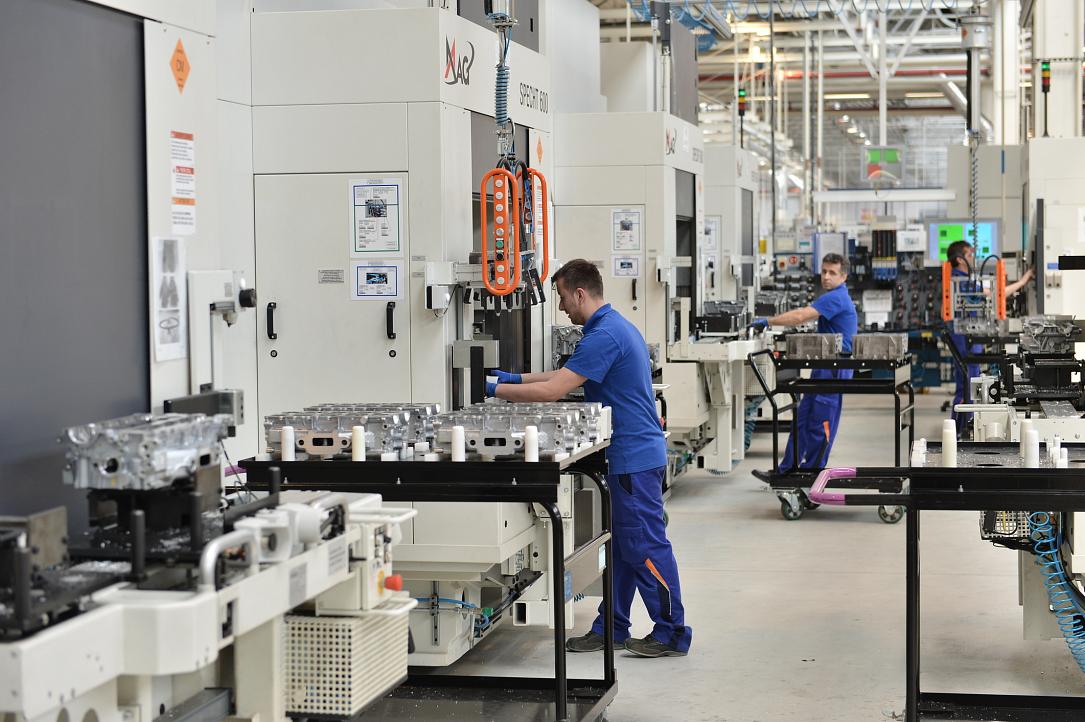Romania’s industrial decline takes a break in July



Romania’s industrial output marked a marginal 0.1% y/y advance in July, while the core manufacturing industries remained constant.
Compared to the average output in the base year 2021 (which makes sense economically, being the first post-COVID year), the industrial output in July measured only 95.1%. The slow decline has been constant over the past three years.
Despite Romania’s gloomy industrial performance during 2021-2024, some industries fare rather well – some of them (not all of them) helped by the domestic demand: the food industry advanced by 10% y/y and is some 14% above the average level of the base year 2021.
Production of beverages is also faring rather well (+6.6% y/y and 3.1% up versus 2021), but not as bright as tobacco manufacturing (+11.4% y/y and 17% above the 2021 average level).
Manufacturing of pharmaceuticals advanced by 6.6% y/y and is nearly 14% above the 2021 average.
Despite the 3.6% y/y decline, the manufacturing of motor vehicles is still 3.3% up versus 2021. The manufacturing of other transport means (railway but also naval) performed much better: +26% y/y and 27% up versus 2021.
However, the most visible industrial advance is in the oil refining industry, where the output rose by 23% y/y to a level nearly 19% higher compared to the 2021 average.
The light industry suffered visibly, and its output plunged by at least 20% compared to 2021. Metallurgy (-11.5% y/y) plunged by 28% compared to 2021.
The output in the chemical industry and wood processing (excluding furniture production) posted strong y/y advance rates (+14.8% y/y and +18.6% y/y) on a low base – but they still lag 10%-15% behind their average 2021 levels.
The activity in the sector of utilities remains subdued: -13.6% versus 2021 and -0.1% y/y.
There are still no grounds to expect any significant industrial recovery until the manufacturing sectors in the country’s main trade partners, particularly Germany, bottom out.
Structural changes, such as the reorientation of Romania’s exports to high-growth countries or the import substitution, could provide more sustainable industrial growth opportunities, but they take time.
Indeed, Romania’s exports to Poland, the Czech Republic or Bulgaria in Europe or Saudi Arabia, Azerbaijan, and Iraq (although on a low base) in the Middle East have increased at significant and even robust rates in the first part of the year while the exports to Italy plunged and to Germany decreased.
iulian@romania-insider.com
(Photo source: Silviu Matei/Dreamstime.com)